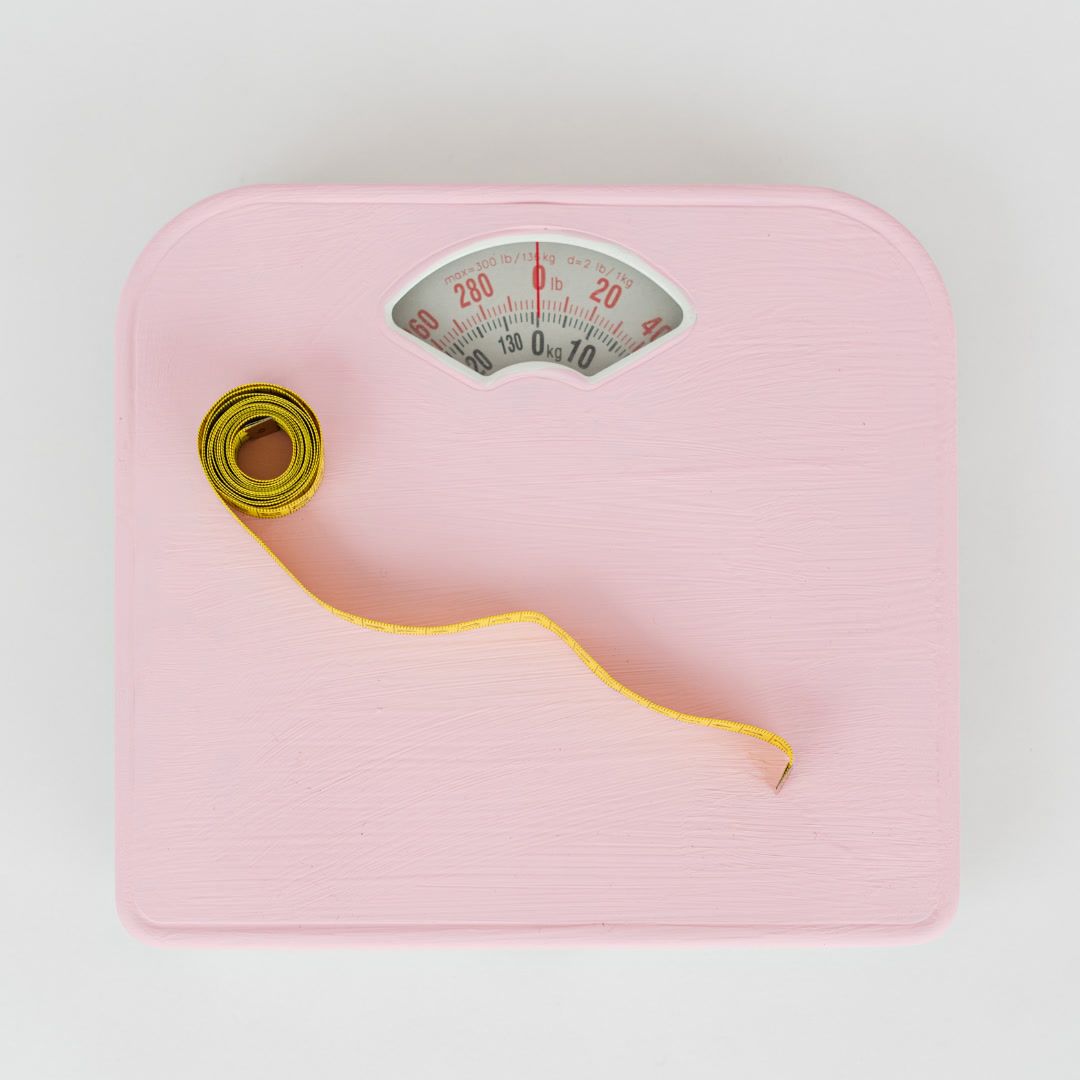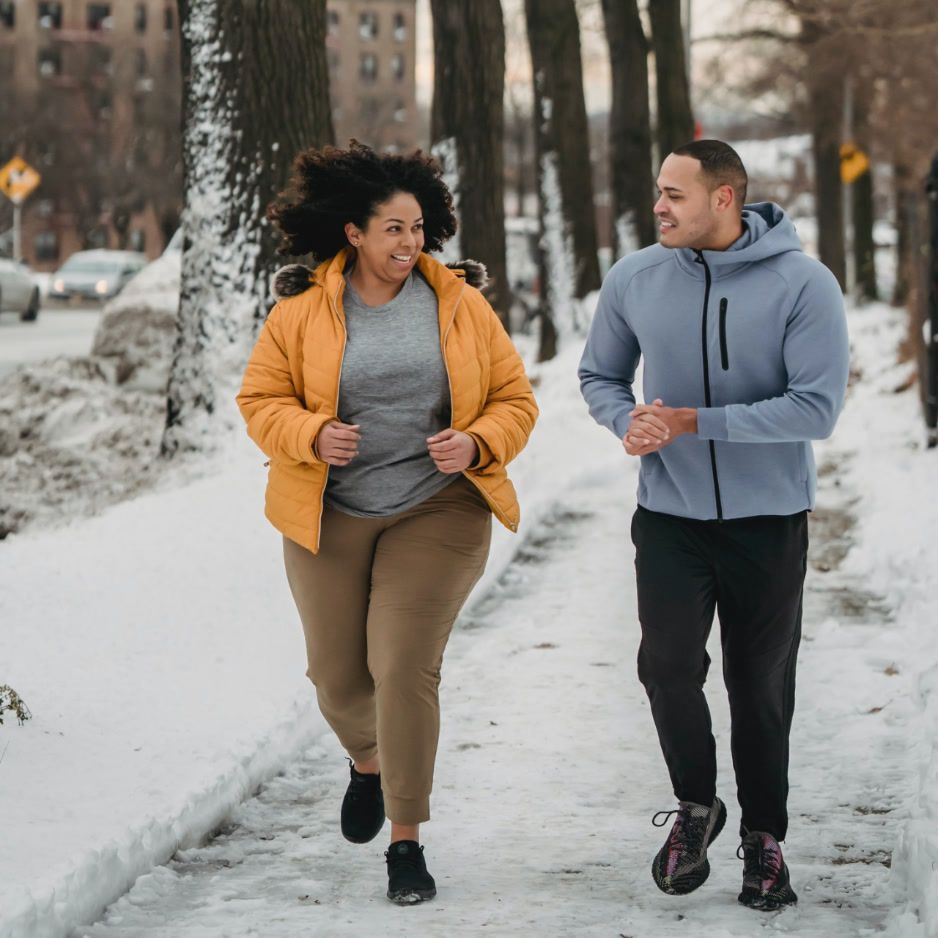Knees Over Toes Exercises for Strong, Pain-Free Knees

Knees Over Toes Exercises for Strong, Pain-Free Knees
Spend enough time in a gym—or scrolling fitness forums—and you’ll eventually hear the warning “never let your knees pass your toes.” The cue first appeared in the 1970s as a well-intentioned attempt to protect the knee joint, but modern biomechanics tells a different story. In fact, allowing your knees to travel forward past your toes (a movement called anterior knee translation, or AKT) can reduce hip and low-back stress, strengthen connective tissue, and unlock deeper squat depths.
A 2003 laboratory study found that blocking forward knee travel reduced knee torque by about 22% but increased hip torque nearly ten-fold, shifting stress to the lower back (Fry et al. 2003). Follow-up reviews confirm that letting the knees move naturally disperses forces more evenly across the lower body (Escamilla & Król 2023).
This comprehensive guide combines the latest research with step-by-step progressions so you can train knees-over-toes (KOT) confidently—whether you’re rehabbing nagging aches or chasing a higher vertical jump.
Why Train Knees Over Toes?
| Benefit | Mechanism & Rationale |
|---|---|
| Lower spinal load | Restricting AKT increases hip torque nearly ten-fold versus unrestricted squats, shifting stress to the lumbar spine. |
| Greater quad stimulus | Forward knee travel lengthens the quadriceps’ lever arm, boosting muscle recruitment. |
| Deeper squat depth | AKT allows lifters to achieve full-range positions linked to joint health and athletic power. |
| Better ACL resilience | Controlled quad strength through deep knee flexion enhances joint stability during cutting and landing. |
Key takeaway: Smart KOT training distributes—rather than spikes—joint forces. You’re simply teaching tissues to tolerate angles they already meet on stairs, hills, or a basketball jump stop.
Readiness Checklist
- Ankle dorsiflexion: In a half-kneel, place your big toe 5 in (12 cm) away from a wall. Can you touch your knee to the wall without your heel lifting? If not, start with calf stretches and mobility drills.
- Pain-free body-weight squat to at least parallel. Sharp front-knee pain warrants professional assessment before proceeding.
If you can complete both checks, you’re ready to move on. Otherwise, focus on mobility and pain management for 2–3 weeks, then retest.
The 7 Best Knees Over Toes Exercises (Progressive Order)
1. Backward Sled Drag (or Treadmill Walk)
Why it works: Loads the quads in a low-impact, constant-tension pattern that encourages knee travel without compressive impact.
How to:
- Attach a sled to your waist or hold handles. Indoors, stand on a powered-down treadmill and manually push the belt backward with your feet.
- Walk backwards, driving knees past toes each step while keeping heels down.
- Maintain an upright torso and steady pace.
Programming: 4–5 sets of 50–100 ft (15–30 m).
Progression: Increase sled weight or lower handle height to bias the quads.
2. Tibialis Raise
Why it works: Strengthens the anterior shin muscles that decelerate the knee during sprinting and jumping, reducing shin-splint risk and improving ankle control.
How to:
- Stand with your back against a wall, heels about 6 in (15 cm) forward, feet hip-width apart.
- Keep knees straight and core braced.
- Lift your toes toward your shins as high as possible.
- Lower your toes back to the starting position under control.
Programming: 3–4 sets of 15–20 controlled reps.
Progression: Hold a light dumbbell between your feet or loop a mini-band over the toes once you can perform 20+ controlled reps.
3. Poliquin Step-Up
Why it works: Combines forward knee travel with ankle dorsiflexion demand, emphasizing the vastus medialis (VMO) and improving knee-tracking mechanics.
How to:
- Place a small wedge or weight plate on top of a 4–8 in (10–20 cm) elevated surface.
- Stand with the heel of your working foot on the wedge, keeping the entire foot in contact.
- Descend by driving the working knee forward over the toes until the non-working heel lightly grazes the floor.
- Push through the working foot to return to the start position.
Programming: 3–4 sets of 8–12 reps (per side).
Regression: Use a lower step height—start with a 2-inch platform until strength and balance improve.
Progression: Hold light dumbbells or wear a weighted vest; gradually raise the platform to 6–8 in.
4. ATG Split Squat
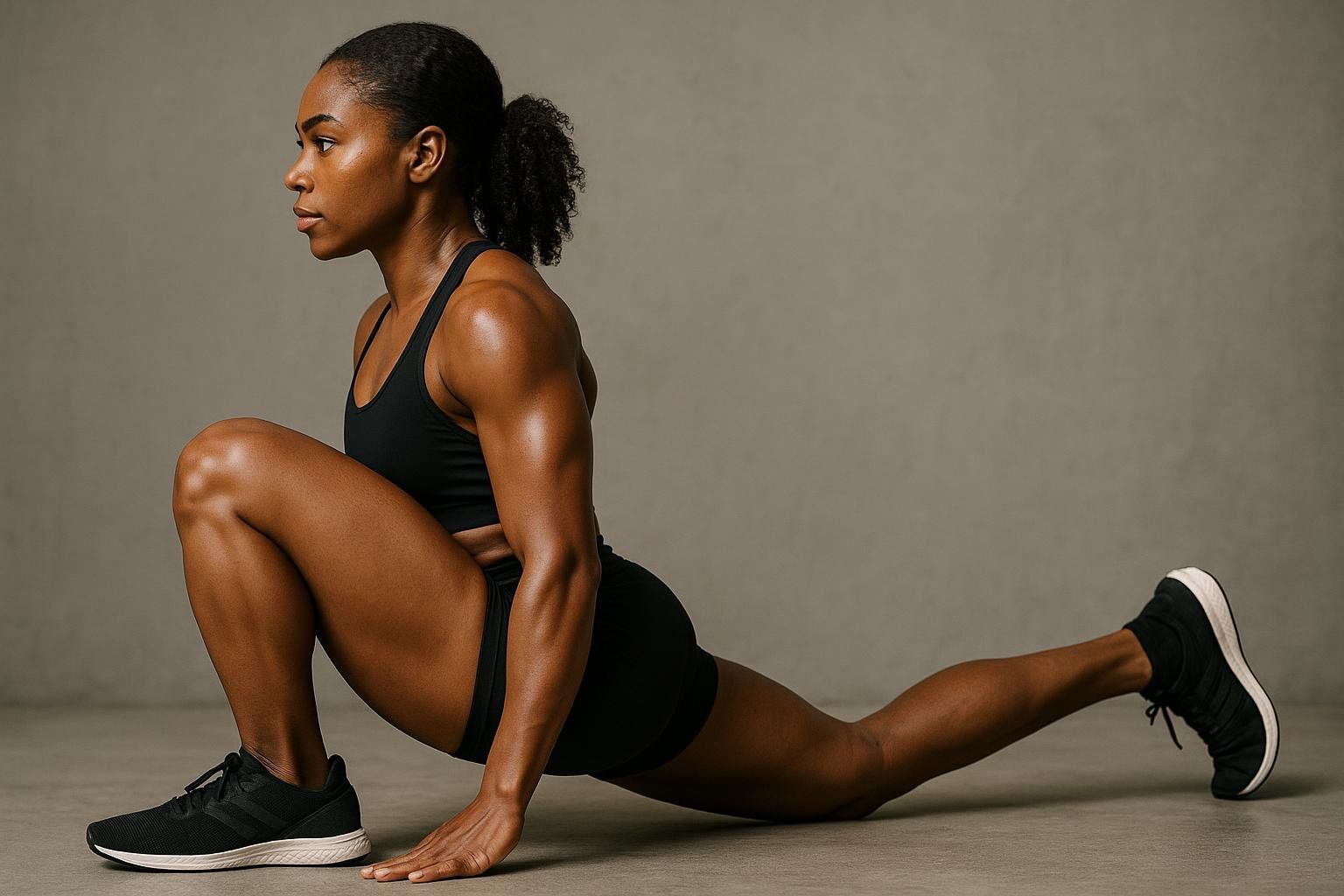
Why it works: Blends deep knee translation with a powerful hip-flexor stretch, building quad strength and hip mobility simultaneously.
How to:
- Begin in a long lunge: front foot flat, rear foot on its toes.
- Keep the front heel down and glide the knee forward until it passes the toes and the hamstring lightly contacts the calf.
- Straighten the rear leg to intensify the hip-flexor stretch.
- Drive through the entire front foot to stand.
Programming: 3–4 sets of 6–10 reps (per side).
Progression: Hold dumbbells at your sides or wear a weighted vest to increase loading as mobility and strength improve.
5. Cyclist (Heels-Elevated) Squat
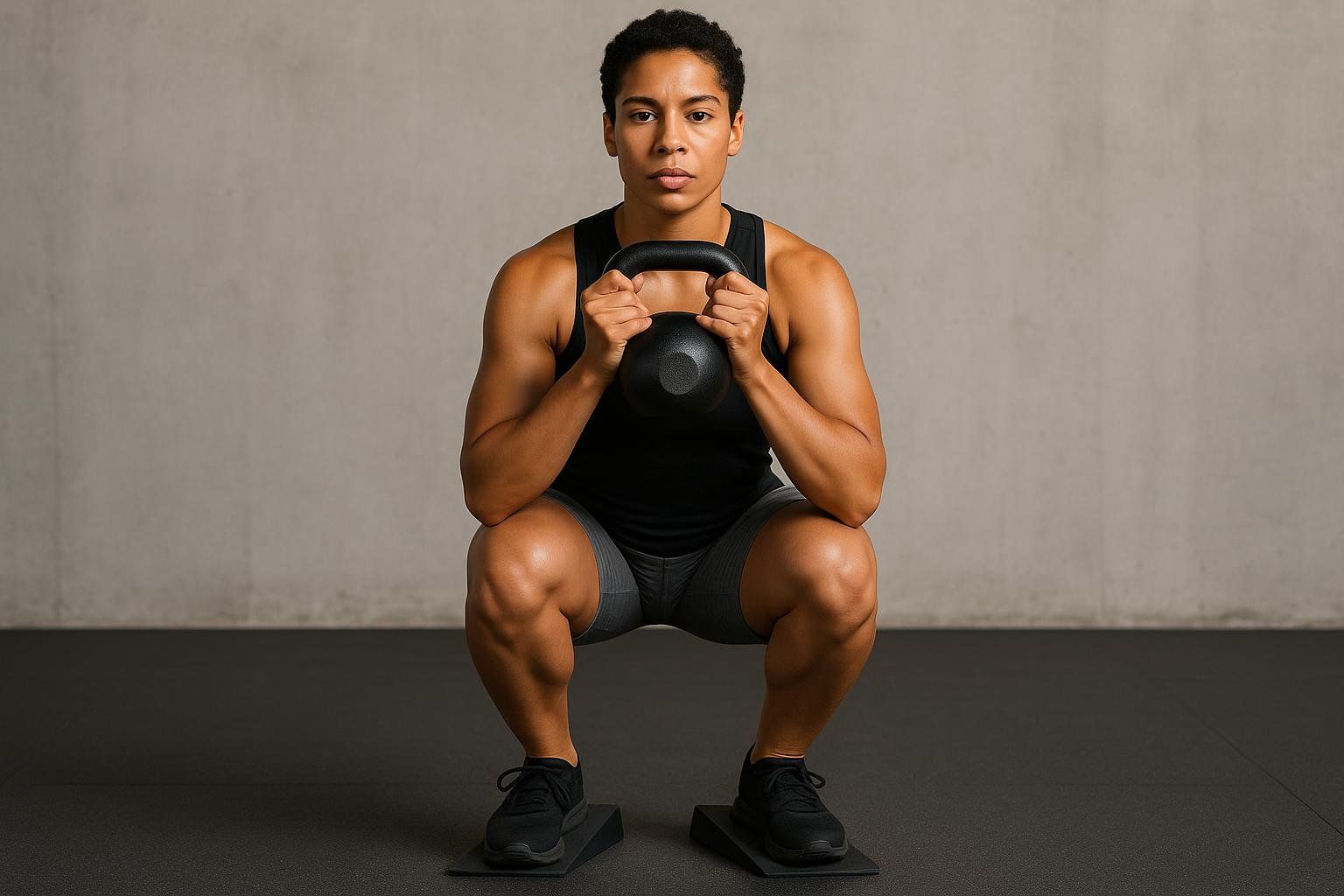
Why it works: Elevating the heels shifts more load onto the quads while allowing greater knee travel at lighter overall loads.
How to:
- Place heels on a 2–3 in wedge, weight plates, or squat ramp; feet narrow, toes forward.
- Descend slowly (2–3 s) until hamstrings rest on calves.
- Explode upward, keeping knees tracking over the second toe.
Programming: 3–4 sets of 6–10 reps.
Progression: Hold a dumbbell or kettlebell in a goblet position to add resistance without compromising form.
6. Spanish Squat Isometric
Why it works: Provides quad-dominant, pain-modulating tension that can calm patellar-tendon irritation while reinforcing an upright torso.
How to:
- Anchor a thick resistance band around a sturdy post at knee height and step inside so the band wraps behind both knees.
- Walk back to create tension.
- Sit down and back until knees are bent ≈90° and the band pulls your tibias forward.
- Maintain an upright torso.
Programming: 3–4 holds of 30–45 s, resting 60 s between.
Progression: Increase hold time to 60 s or use a heavier resistance band to raise tension.
7. Reverse Nordic Curl (Advanced)
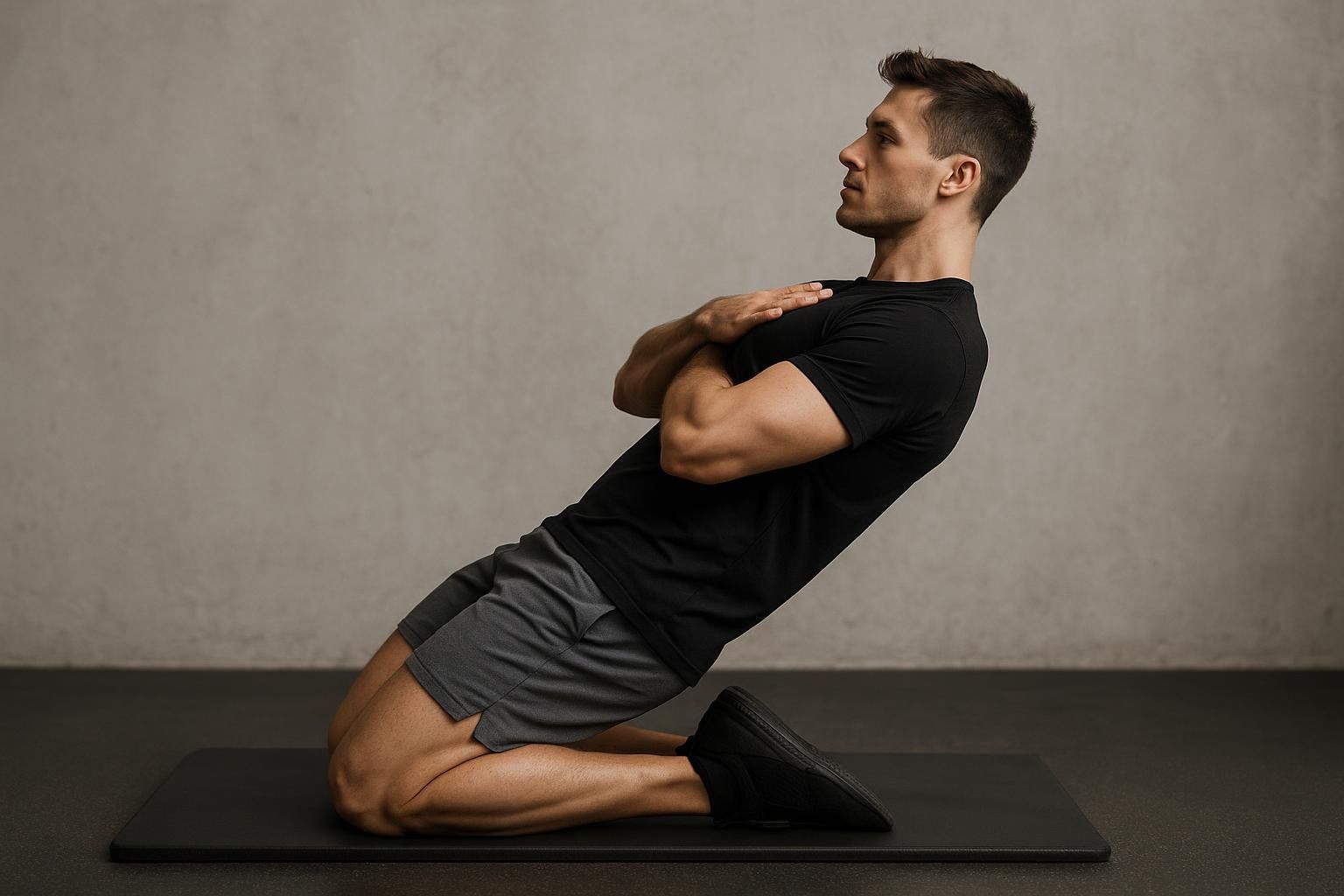
Why it works: Places an intense eccentric load on the quads and hip flexors, enhancing tissue resilience.
How to:
- Kneel on a pad with knees hip-width apart and hips fully extended.
- Brace core and squeeze glutes.
- Hinge backward, maintaining a straight line from your knees to your head, until you feel a deep quad stretch—typically 30–45° of lean.
- Pull yourself back up by contracting the quads.
Programming: 2–3 sets of 5–8 controlled reps.
Progression: Gradually lean farther back or perform the movement without band assistance to increase range of motion and load.
4-Week Starter Program
| Week | Session A | Session B | Notes |
|---|---|---|---|
| 1 | Backward Sled Drag 4 × 50 ft; Tibialis Raise 3 × 20 | Poliquin Step-Up 3 × 10 (per side); Spanish Squat Iso 3 × 30 s | Two sessions, 48 h apart |
| 2 | ATG Split Squat 4 × 8 (per side); Sled Drag 4 × 60 ft | Cyclist Squat 4 × 8; Tibialis Raise 3 × 25 | Add load only if form is pristine |
| 3 | ATG Split Squat 5 × 8 (per side); Sled Drag 5 × 60 ft | Cyclist Squat 4 × 8 (add ≈5% load); Tibialis Raise 3 × 25 (add band or light dumbbell) | Focus on form with increased volume and load |
| 4 | Assisted Reverse Nordic Curl 3 × 6; ATG Split Squat 4 × 10 (per side) | Cyclist Squat 5 × 8; Spanish Squat Iso 3 × 45 s | Replace sled work with Reverse Nordics; focus on a 3-second eccentric tempo |
Assisted Reverse Nordic Curl: Loop a light resistance band around your chest and anchor it overhead for support, or limit the lean to 15–20° until your quads adapt.
Pair this routine with a full-body strength plan—see our eccentric vs. concentric guide for tempo ideas.
Form Tips, Safety Flags, and Common Mistakes
✅ Keep heels flat on loaded movements.
✅ Control the eccentric (2–3 s) to build tissue tolerance.
✅ Stop two reps before form deteriorates.
🚩 Sharp anterior-knee pain—regress the exercise or consult a professional.
🚩 Heel lift during squats—address ankle mobility before adding load.
For broader injury-proofing strategies, read Injury Prevention 101.
Knees Over Toes Exercises: FAQ
Is letting my knees pass my toes dangerous?
Not when load and progression are managed. Modern biomechanics shows unrestricted squats do not increase overall knee stress and can reduce hip and back torque.
How often should I train KOT?
Two to three sessions per week are sufficient. Treat it like any strength skill: quality over quantity.
Can I do these if I have patellar tendinitis?
Isometrics like the Spanish Squat often reduce pain when performed daily, but seek individualized medical guidance first.
What about running?
Many athletes use backward sled drags as a warm-up to pre-activate the quads and reduce knee discomfort during runs.
Track Your Gains: Where BodySpec Fits In
Quad hypertrophy and fat-free mass around the knee joint improve shock absorption and joint stability. A BodySpec DEXA scan quantifies those changes to the gram—letting you see if your new routine is adding lean mass where it counts.
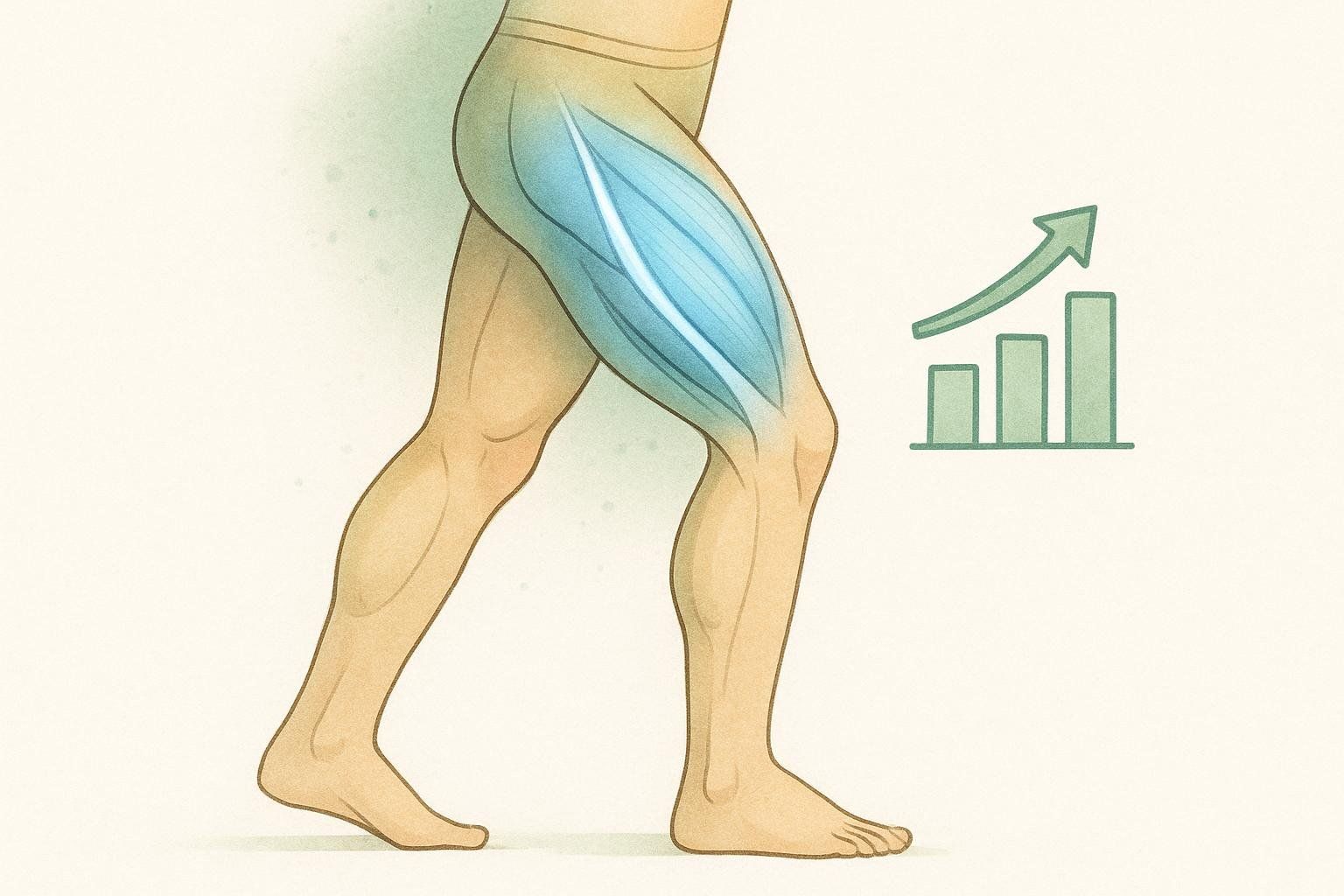
Combine pre- and post-program scans with the strength tests above, and you’ll have both objective and subjective proof your knees are stronger than ever.
Ready to put numbers behind the feel? Book a scan at a mobile clinic near you and turn “I think my knees are better” into data-backed confidence.

